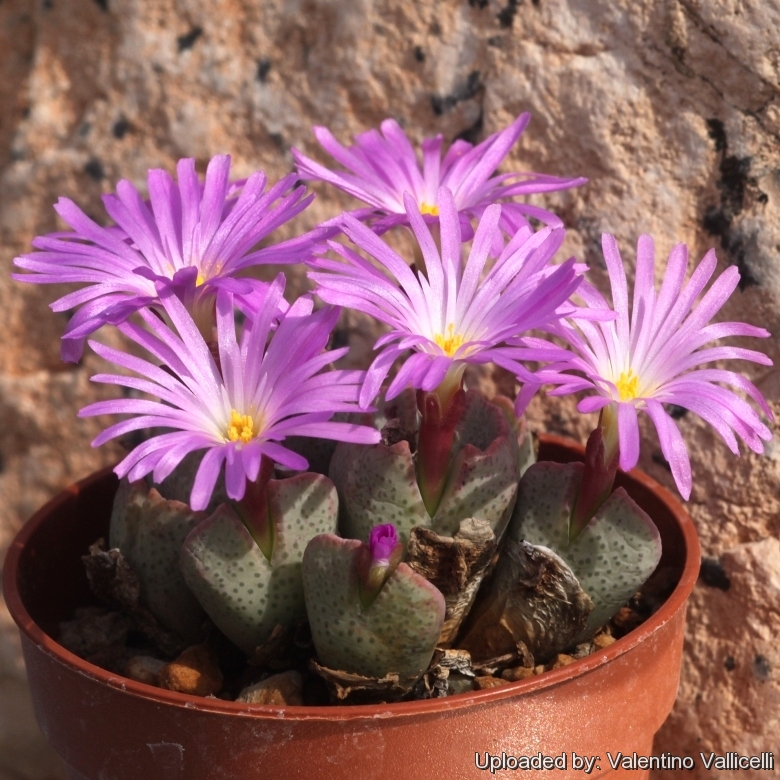
Conophytum taylorianum subs. ernianum Photo by: Valentino Vallicelli
Origin and Habitat: South Namib (Namibia)
Habitat: Grows in rock cracks
Altitude: 600-1140 m.
Synonyms:
See all synonyms of Conophytum taylorianum
Common Names include:
ENGLISH: Living Pebbles
ITALIAN (Italiano): Pianta Sasso
Description: Conophytum taylorianumSN|17869]]SN|17869]] subs. ernianum is a dwarf, rock-like, perennial succulent forming a large dimpled mat less than 4 cm tall and producing an abundance of flowers every year during the latter part of the summer.
Stem: Stem-less (internodes invisible) or very short and forming rhizomatous branches at soil level.
Bodies (paired Leaves): Usually less than 20 mm in diameter, pebbles-like, sharp edged almost square shaped with two short ears and more or less keeled, fleshy with raised, grey-green with dark-carmine points often converging to form a line along the margin, presenting a central fissure from which, at the beginning of growing season sprout the flower and where there appear even the new couple of leaves.
Flowers: Small pink-purple or yellow diurnal.
Blooming season: September-November They are short-day plant (flowers only when day length is less than 12 hours.)
Subspecies, varieties, forms and cultivars of plants belonging to the Conophytum taylorianum group
Bibliography: Major references and further lectures
1) Heidrun E.K. Hartmann “Illustrated Handbook of Succulent Plants: Aizoaceae F-Z” Springer Science & Business Media, 2002
2) Gideon Smith u.a. “Mesembs of the World: Illustrated Guide to a Remarkable Succulent Group.” Briza Publications, 1998
2) Gideon Smith u.a. (Hrsg.) "Mesembs of the World: Illustrated Guide to a Remarkable Succulent Group." Briza Publications, 1998
3) Hermann Jacobsen “A handbook of succulent plants: descriptions, synonyms, and cultural details for succulents other than Cactaceae, Volume 1” Blandford Press, 1960
4) Werner Rauh “The Wonderful World of Succulents:Cultivation and Description of Selected Succulent Plants Other Than Cacti” Smithsonian Institution Press, 1984
7) James Cullen, Sabina G. Knees, H. Suzanne Cubey “The European Garden Flora Flowering Plants: A Manual for the Identification of Plants Cultivated in Europe, Both Out-of-Doors and Under Glass” Cambridge University Press, 11/ago/2011
8)Steven A. Hammer “Dumpling and his wife: new views of the genus Conophytum” EAE Creative Colour Ltd., 2002
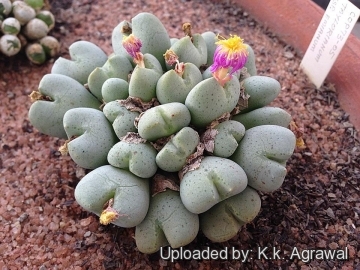 Conophytum taylorianum subs. ernianum Photo by: K.k. Agrawal
Conophytum taylorianum subs. ernianum Photo by: K.k. Agrawal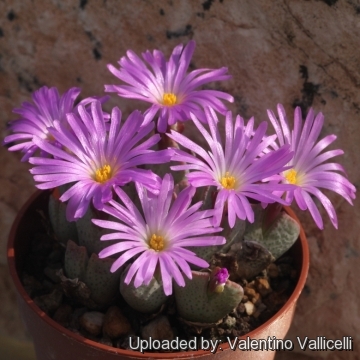 Conophytum taylorianum subs. ernianum Photo by: Valentino Vallicelli
Conophytum taylorianum subs. ernianum Photo by: Valentino Vallicelli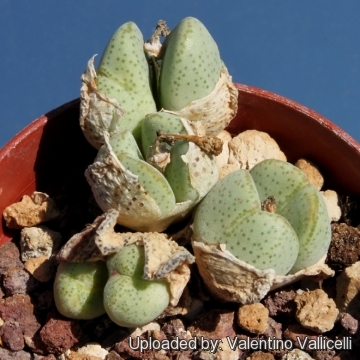 Conophytum taylorianum subs. ernianum Photo by: Valentino Vallicelli
Conophytum taylorianum subs. ernianum Photo by: Valentino Vallicelli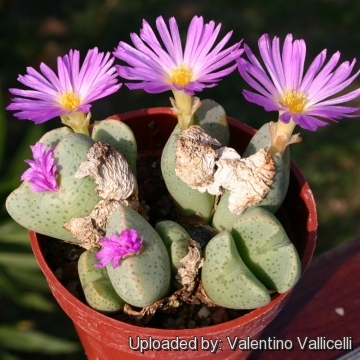 Conophytum taylorianum subs. ernianum Photo by: Valentino Vallicelli
Conophytum taylorianum subs. ernianum Photo by: Valentino Vallicelli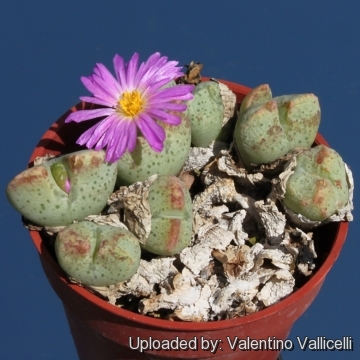 Conophytum taylorianum subs. ernianum Photo by: Valentino Vallicelli
Conophytum taylorianum subs. ernianum Photo by: Valentino Vallicelli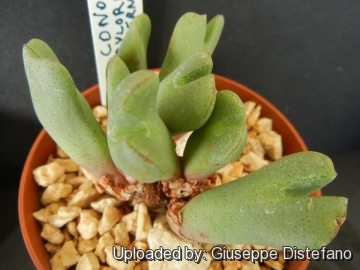 Conophytum taylorianum subs. ernianum Photo by: Giuseppe Distefano
Conophytum taylorianum subs. ernianum Photo by: Giuseppe Distefano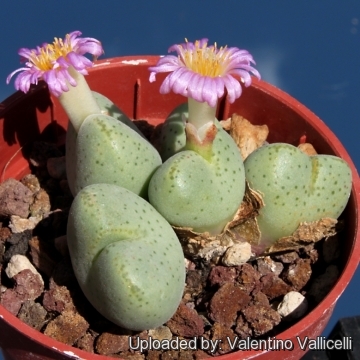 Conophytum taylorianum subs. ernianum Photo by: Valentino Vallicelli
Conophytum taylorianum subs. ernianum Photo by: Valentino Vallicelli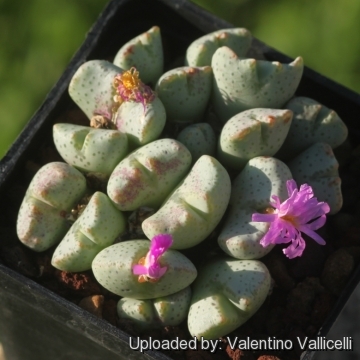 Conophytum taylorianum subs. ernianum Photo by: Valentino Vallicelli
Conophytum taylorianum subs. ernianum Photo by: Valentino VallicelliCultivation and Propagation: It is easy to grow. They require little water; otherwise its epidermis breaks (resulting in unsightly scars). Water minimally in summer, (only when the plant starts shrivelling), but it will generally grow even in summer if given water. Water regularly in winter after the previous year's leaves have dried up. Requires good drainage. Keep cool and shaded in summer, it needs full sun or light shade. Hardy to -2°C. Ensure a very good ventilation. Avoid to repot frequently. This plant may stay in the same pot for many years.
Propagation: It can be reproduced both by cuttings and seeds. Take the cutting from a grown-up mother plant. Each cutting must contain one or more heads along with a fraction of root.
Your Photos
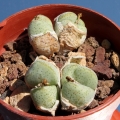
by Valentino Vallicelli
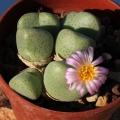
by Valentino Vallicelli
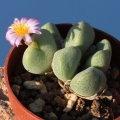
by Valentino Vallicelli






















